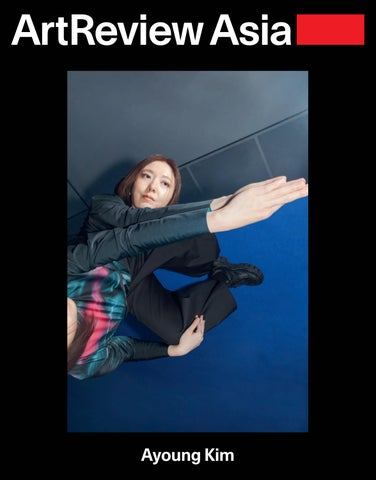
Irving Petlin’s Artistic Reflections on the Haunting Legacy of History

Irving Petlin: The Quiet Radical of Political Art
Irving Petlin (1934–2018) was a rare artist whose work straddled two seemingly irreconcilable approaches: the bold urgency of political action and the tender interiority of poetic, symbol-laden art. Over a career spanning more than five decades, Petlin not only witnessed — but also actively participated in — seismic shifts in 20th-century political, cultural, and artistic landscapes. Despite his significant contributions to political art and his strikingly lyrical body of work, Petlin remains under-recognized in mainstream art history, largely because his work does not conform neatly to the confrontational norms often associated with protest art.
Art as a Tool for Protest and Change
Petlin came of age in the politically charged environment of the 1960s. He was a key player in activist groups such as the Artists Protest Committee in Los Angeles and the Art Workers Coalition in New York. These collectives challenged the complicity of museums and cultural institutions in state violence and the Vietnam War, pushing for more artist-led democratic distribution of politically engaged artwork.
Among Petlin’s most powerful collaborations was the 1970 production of the poster “Q: And Babies? A: And Babies.” Co-created with Frazer Dougherty and Jon Hendricks of the Artists’ Poster Committee, the poster juxtaposed a horrifying image from the 1968 My Lai Massacre in Vietnam with text taken from an interview with a U.S. soldier who admitted to killing women and children. The stark red lettering and gritty photograph created a searing indictment of America’s involvement in Vietnam. Over 50,000 copies of this poster were printed and distributed not through galleries or museums, but pasted on public walls — a democratic manifesto for the streets.
For Petlin, activism extended beyond the gallery. He believed in reaching outside the artistic elite and addressing those who could be moved and educated. “You aim at other people, not the artists who think like you, but people you can move, and perhaps change,” he once said. Such outreach emphasized art that functioned in the public sphere, not as an object to be collected, but as a statement to ignite dialogue and foster accountability.
The Poetics of Political Memory
While his activist work was direct and confrontational, Petlin’s paintings, pastels, and drawings took a more introspective approach. Rooted in the aesthetic traditions of Symbolism and Expressionism, Petlin’s imagery drew from the literary and philosophical wellsprings of poets like Edmund Jabès, Édouard Glissant, and Bruno Schulz. These influences infused his work with a dreamlike, metaphysical quality — a rendering of personal and collective trauma as layers of ghosts, shadows, and spectral memory.
Petlin’s family history — particularly the death of 49 relatives in Treblinka — and his Polish-Jewish immigrant identity shaped a deep, historical consciousness in his art. This awareness manifests subtly across his works, in receding figures, mystical cityscapes, and barren, haunted landscapes. Rarely did he depict violence directly. Instead, he created visual metaphors that hovered like grief, lodging themselves in the viewer’s psyche.
In his series Rubbings from the Calcium Garden (1969–1977), Petlin developed a technique of transferring images using paint-soaked materials pressed on canvas, resulting in ethereal, fossilized textures — like ancient markings exhumed from a buried memory. Similarly, in Second of Four Mountains (2001), spectral horses and translucent faces float across a medieval street, hinting at unseen pasts that still linger in the present.
The Unseen Subtext
One of Petlin’s closest artistic allies was Leon Golub, whose forceful and visceral antiwar paintings earned widespread recognition. Petlin acknowledged their differences, noting, “My work was never as polemical as Leon’s, but the subtext was always there.” In many ways, this subdued undercurrent — the insistence on ambiguity, introspection, and metaphor — has been both a strength and a reason Petlin has eluded traditional art historical categorization.
While Golub and his wife Nancy Spero became emblematic of political confrontation in contemporary art, Petlin’s contemplative symbolism offered a complementary path — one that acknowledged history’s traumas without seeking to bludgeon the viewer. His refusal to conform to the aesthetics of realism or overt messaging often meant that his politics were embedded, accessible only to those who looked deeply.
Bridging Art, Ancestry, and the Afterlife
Petlin viewed history as a layered accumulation of grief, survival, and erosion — a sediment in which the personal and political merged. In works like La Seine (In Sleep) (1996), he portrays not the bustling modernity of Paris but a yellow-hued dreamscape devoid of nostalgia, where time feels suspended. After all, he was not interested in documenting the present as